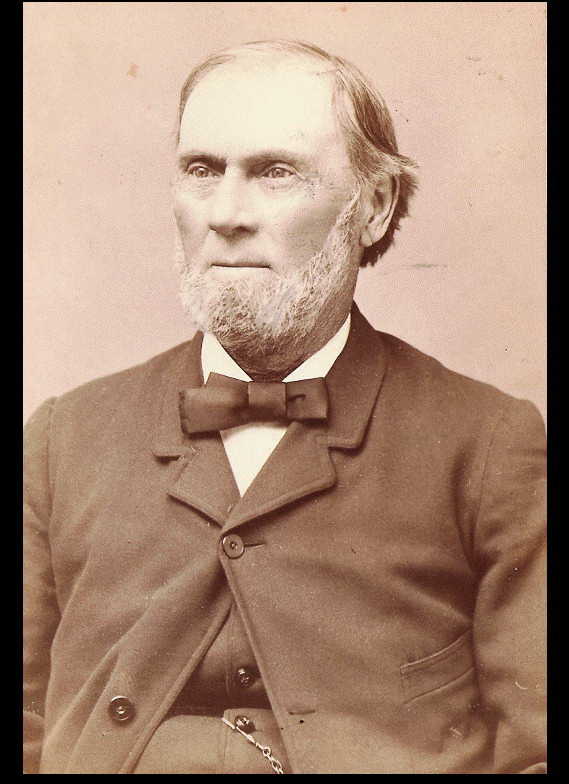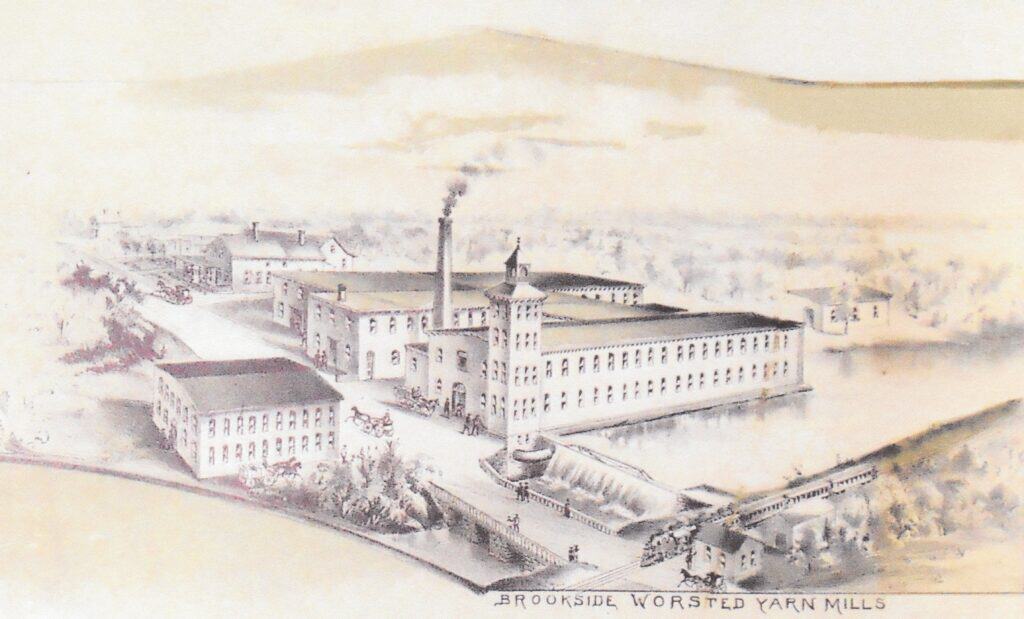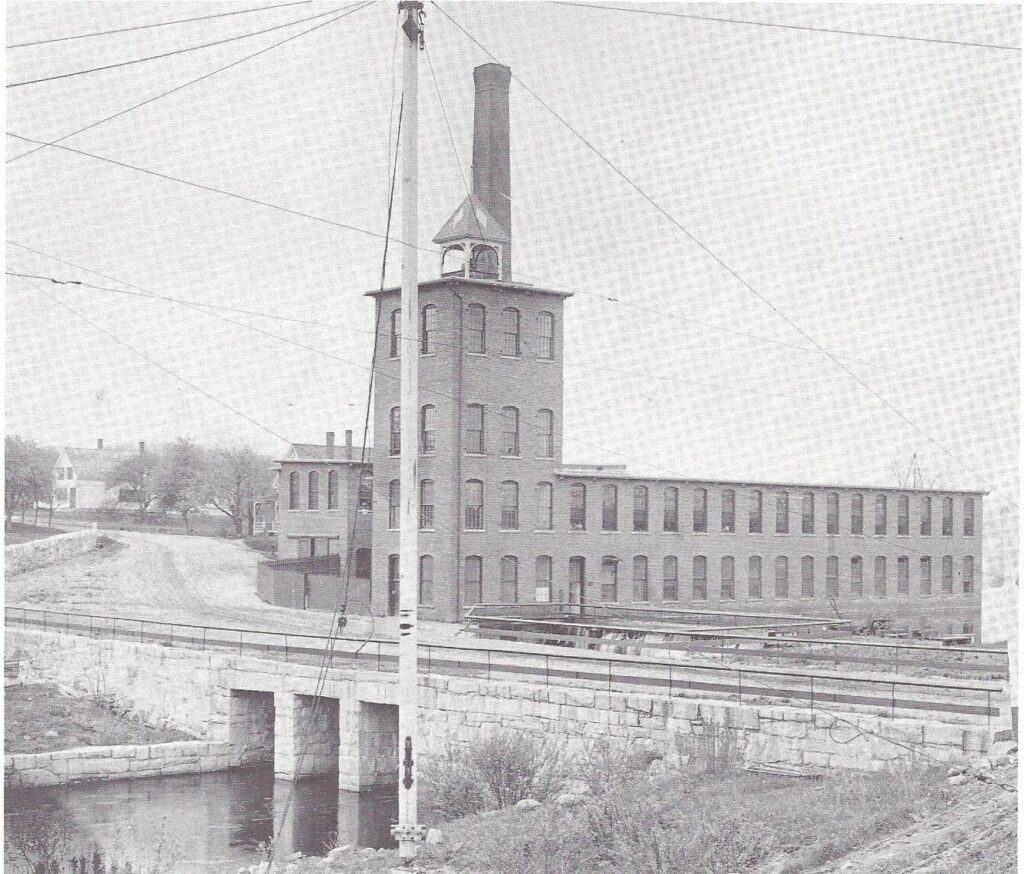Mill Owner and Inventor
George R. Moore was born on Nov. 18, 1817 in Gardner, Kennebec County, Maine. Growing up, Moore was exposed to the wheelwright trade, where he learned to repair and build wheels. With this knowledge, Moore went on to pursue an inventive career in Westford, Massachusetts, where he settled in 1839.
There, Moore bought an old flour and lumber mill in Brookside with his brother, Seth Moore (1820-1900), and transformed it to the Brookside Mill for manufacturing worsted goods. On Dec. 31, 1846, Moore married Westford resident Phillinda R. Richardson, and they had four children.
Moore was also an avid inventor with several patents, particularly after his retirement. One of the most well-known was the Walking Automation, also described as an “Electric Frankenstein,” which he created as a seventy-two year old retired miller. Crafted from wood and steel, the invention featured a chair that was connected to a “man” who imitated the walking motion of a human to push the chair forwards. Moore had started working on the idea in 1889, adopting principles from a mechanical horse he successfully built years prior. These inventions were unique in that they could move objects and successfully imitated natural, smooth motions – a difficult feat at the time.
In addition to these, Moore also held patents for the Tellurium No. 465,824, filed Dec. 22, 1891, an improved Steering Apparatus, and a Crosscut Sawing Machine.
Moore passed away at the age of 75 on April 5th, 1892 and was buried at the Fairview Cemetery.
By Deepa Gautam
Summer Intern, Westford Museum
2024

Brookside Mill, Westford MA


Moore Patents
